On September 6, 1886, a man named Gottfrid Eklund was born in Stora Tuna. He is said to have been a particularly stubborn man and through his legacy to posterity has satisfied many people, and will do so far into the future. After a successful career as a construction engineer, i.a. in Dalarna Gottfrid settled in Stockholm and founded Kolafabriken Aroma which later became Konfektyrfabriken Aroma. That his name was Gottfrid is certainly a coincidence, but an extremely fitting one. Like many other stories about successful companies, this one too begins in a simple premises, in this case a kitchen in Vasastan. Gottfrid came into contact with a certain Max Forslund who is said to have intercepted a recipe for caramel in a newspaper. Together they decided to experiment with the recipe. They rented a kitchen in Vasastan, and that's how it all started. They did everything by hand and started selling the chocolate in smaller shops around Stockholm. Success was not far away,. Stockholmers began to like Aroma's cream cola and in 1921 Kolafabriken Aroma was registered. The address is then Folkungagatan 8 D.
1921
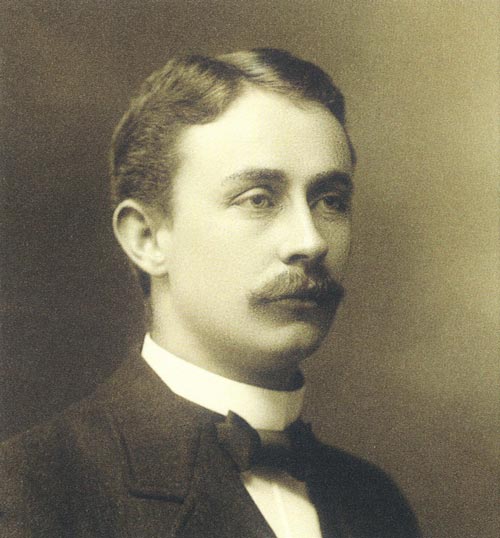
If you found a candy factory, you are of course called Gottfrid!
1928
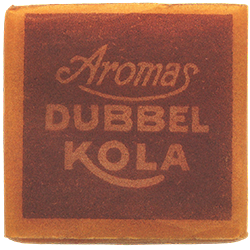
The solace of depression
The thirties were something of an experimental workshop for all candy manufacturers. Candy appeared in all sorts of shapes and colors. Toffee, jelly and foam. The colors were given names such as Idrottskola - Aroma's biggest success in the range of colors with collectible photos of sports stars. Foam figures were in the form of punch bottles and the jelly pieces could represent cars, airplanes and celebrities such as Greta Garbo. In the mid-thirties, Aroma's green frogs, crocodiles and other well-known characters are introduced. 1936 will be the year when Aroma grows really big at the same time as the world is trying to get out of its worst depression to date.
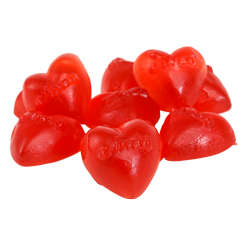
The future was cast in jelly
At the end of the thirties, the small candy became more and more popular. The colors were still best sellers, but eventually the jelly products also became something for every man's mouth. During this expansive period, Gottfrid planned the factory himself and many new employees were added. By the end of the thirties, there were about 100 employees, some of whom remained loyal to Aroma for several decades. Gottfrid now becomes aware that the pleasure agent of the future is jelly - an appealing material that can easily be molded into a variety of imaginative shapes and colors. Swedish classics such as Jelly raspberries, Raspberry boats and Licorice boats saw the light of day in 1928.
1930
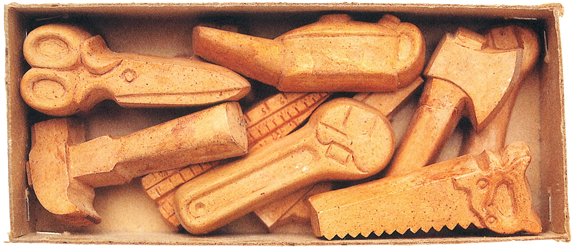
Jerrefeldt - Aromas Le Corbusier
Kola was the successful product of the twenties but what came to characterize Aroma were the jelly products. An artistic soul named Jerrefeldt was hired in 1928. It is Jerrefeldt who is the creator of some of the most successful products in Aroma's range. No sketches or other evidence of his talent have survived. He was probably employed as an ordinary factory worker where the production of the figures was a sideline. In 1931, Jerrefeldt's first collection and some of Aroma's well-known originals, the rats, snakes and tools, are launched.
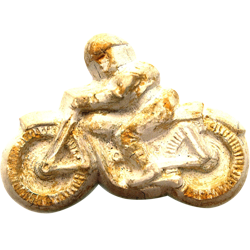
Good craftsmanship is the foundation
The creation of the shape itself began with a few simple pencil sketches. The proposals were processed and simplified to reach an appealing form. Based on an "original" made in plaster or wood, a larger mold was then created; a casting box in which the gel found its very special form in a layer of cornmeal. The procedure for production remains the same, as do many of the characteristic shapes. Incidentally, the word confectionery comes from the Latin word conficere, which means to make.
1930
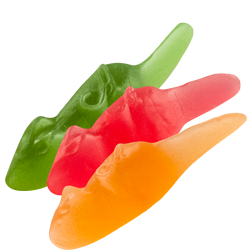
Cool rats for the people
Perhaps the most famous of Aroma's jelly pieces is the jelly rat, which has undergone certain transformations over the years, mainly in different sizes. Today there are jelly rats that weigh as much as 2 kilos! That sweets are something that most people appreciate is nothing new. Despite that, candy is often described as something childish and even unnecessary. But even great men like Olof Palme are said to have had Aroma's rats as their favorite treat. However, history does not tell if he offered his fellow politicians the yellow and green, and kept the red for himself.
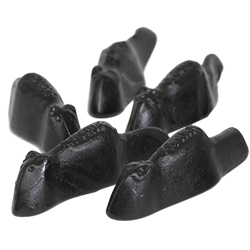
Everyday realism and candy joy
Candy is one of life's great joys, so history has probably been full of candy forms taken from everyday life. The everyday realism that used to be evident in the candy pieces is admittedly a thing of the past. But maybe one day we'll get to experience pieces of candy in the form of chewy laptops or salty smartphones, just as naturally as people once munched on buses and trams. The only crux is that you have to change the range as often as technology gives us new fantastic gadgets.
1960
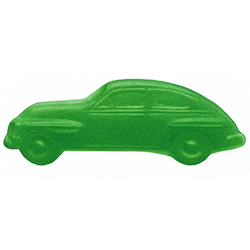
Estimated copies
Digging into the nooks and crannies of the candy factory brings back many memories for those who were there when the treats were fresh. Among the old forms, you can find, among other things, a bus marked SJ and the Ystad-Skanör route, a tram from Stockholm's Spårvägar and, of course, the people's favorite of cars - the Volvo PV. The question is whether Aroma did not deliver significantly more model 444 than the factory at Hisingen. For those who preferred our other car manufacturer, there was the Saab 92 to chew on.
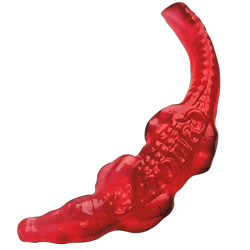
Swedish form at its best
Swedish design is known for its purity and simplicity. Aroma's range is no exception. When you consider the concept of classic design, it is probably the simple rats, frogs, crocodiles that have maintained their popularity. Of course, the resin taste did its thing. But as all gourmets know, appearance is also of great importance. Who said good design doesn't belong in the candy bag?
2000
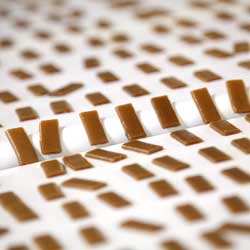
Delicious chocolate
Since 2004, Aroma also manufactures and sells high-quality chocolate products, primarily for the loose weight market. Stens choklad AB in Torshälla was incorporated into the company in April 2004. In Torshälla, a number of best sellers in the loose weight concepts such as Äkta Krokant, Jordnötsruta and Molle Grädd are manufactured.
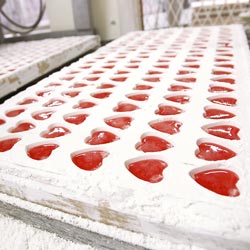
Confectionery in the center
In today's large-scale society, we are used to candy being produced in gigantic facilities. But Aroma is anything but a big industry. Not much has really changed over the years. The manufacturing procedure is still the same. Certainly, some technological innovations and new people have been added. But the spirit and the recipes are the same. So the next time you put a tough rat in your mouth, think of Gottfrid, Jerrefeldt and the others at Aroma - and enjoy Swedish form at its best.
2020
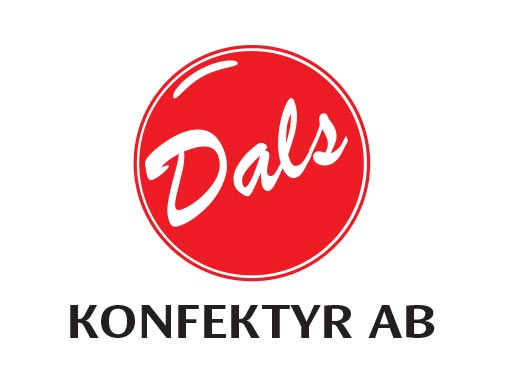
Aroma stores Dals
2019 Aroma acquires all shares in Dals Konfektyr. Aroma thus becomes Sweden's third largest manufacturer of confectionery with a leading position as a producer of loose sweets on the Swedish market.

New design and graphic identity
Aroma launches a new graphic identity and takes the next step in its branding journey